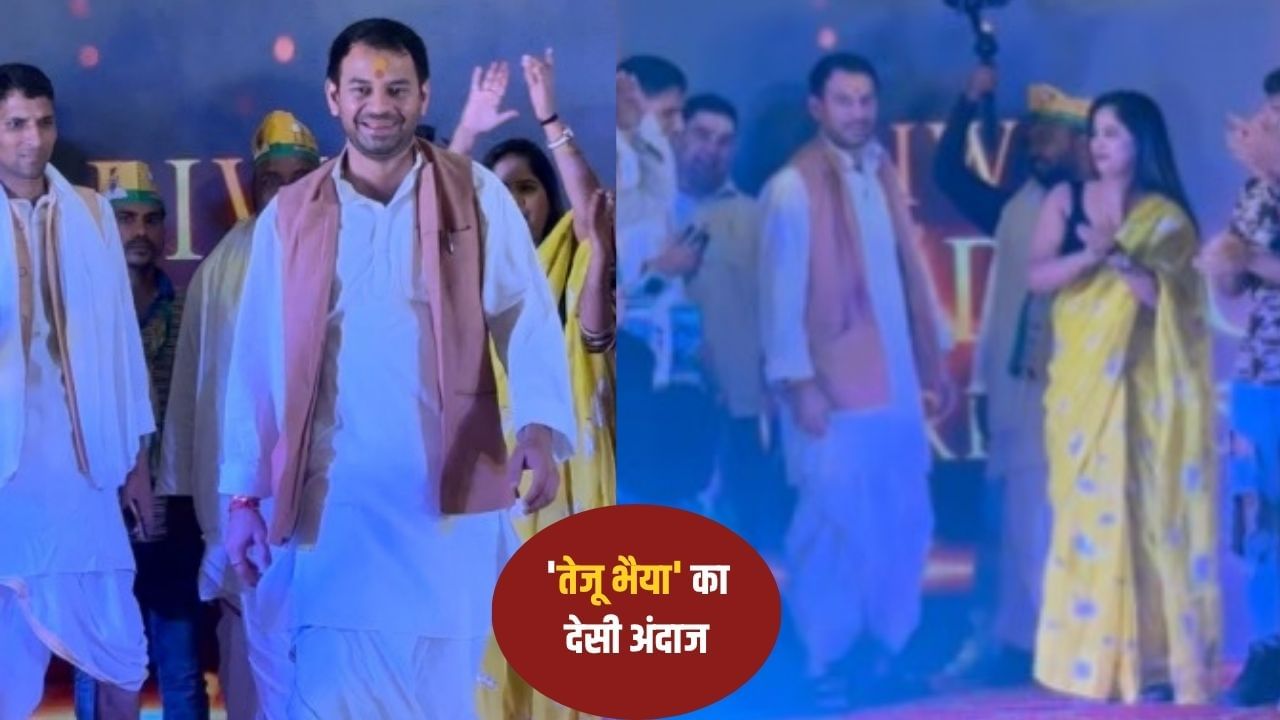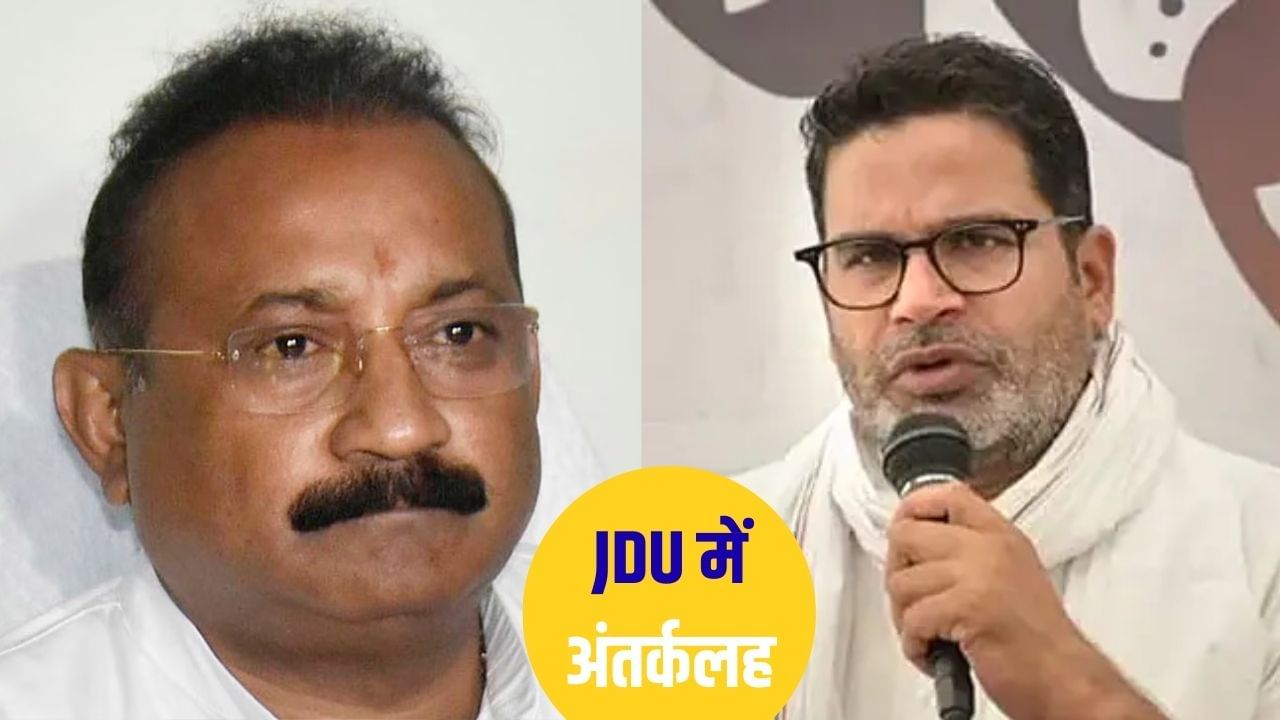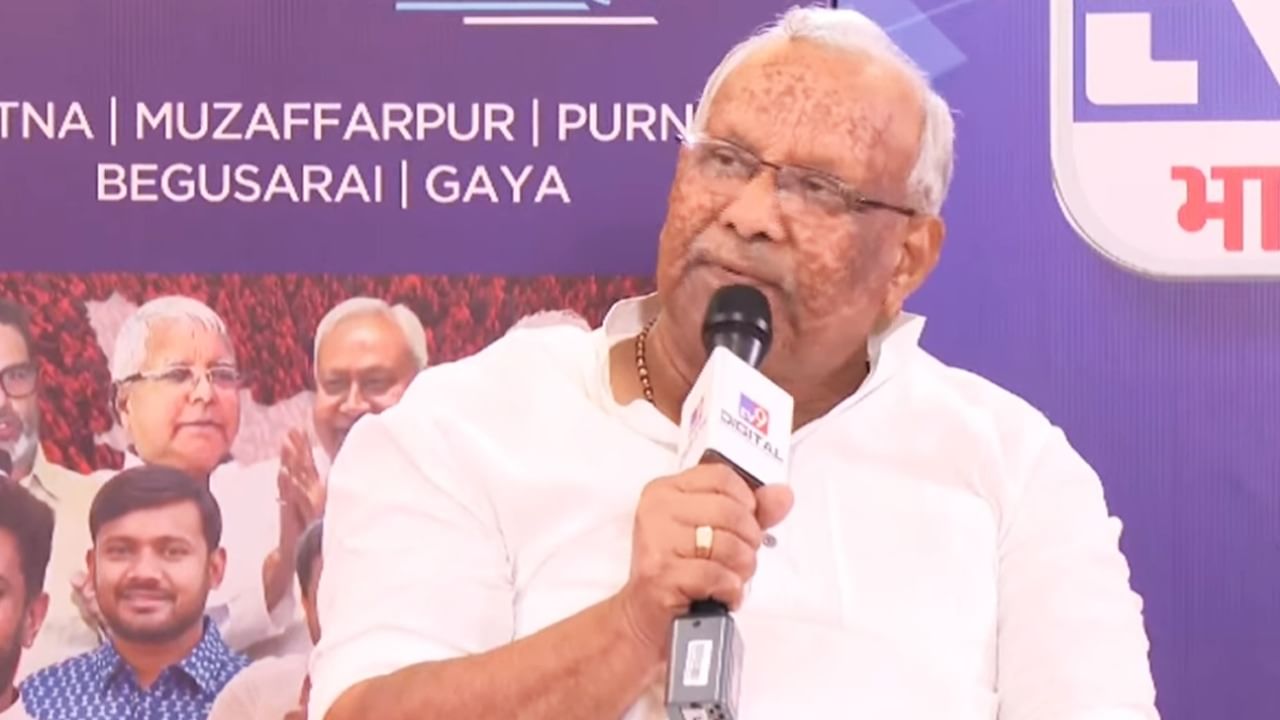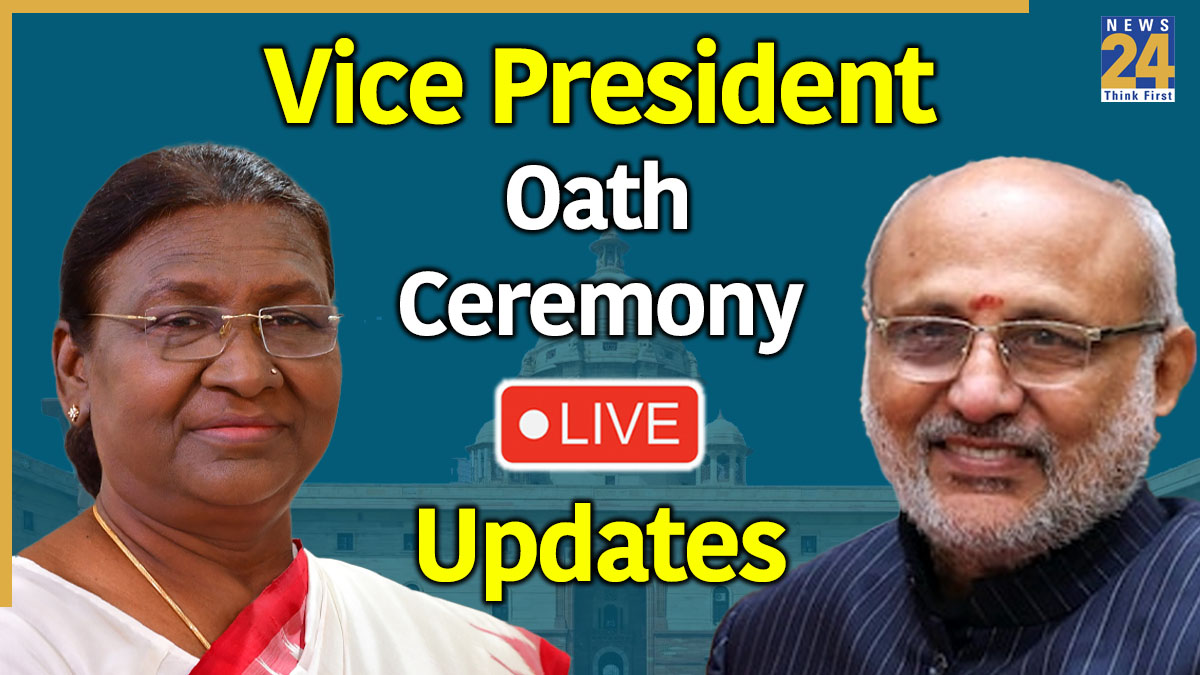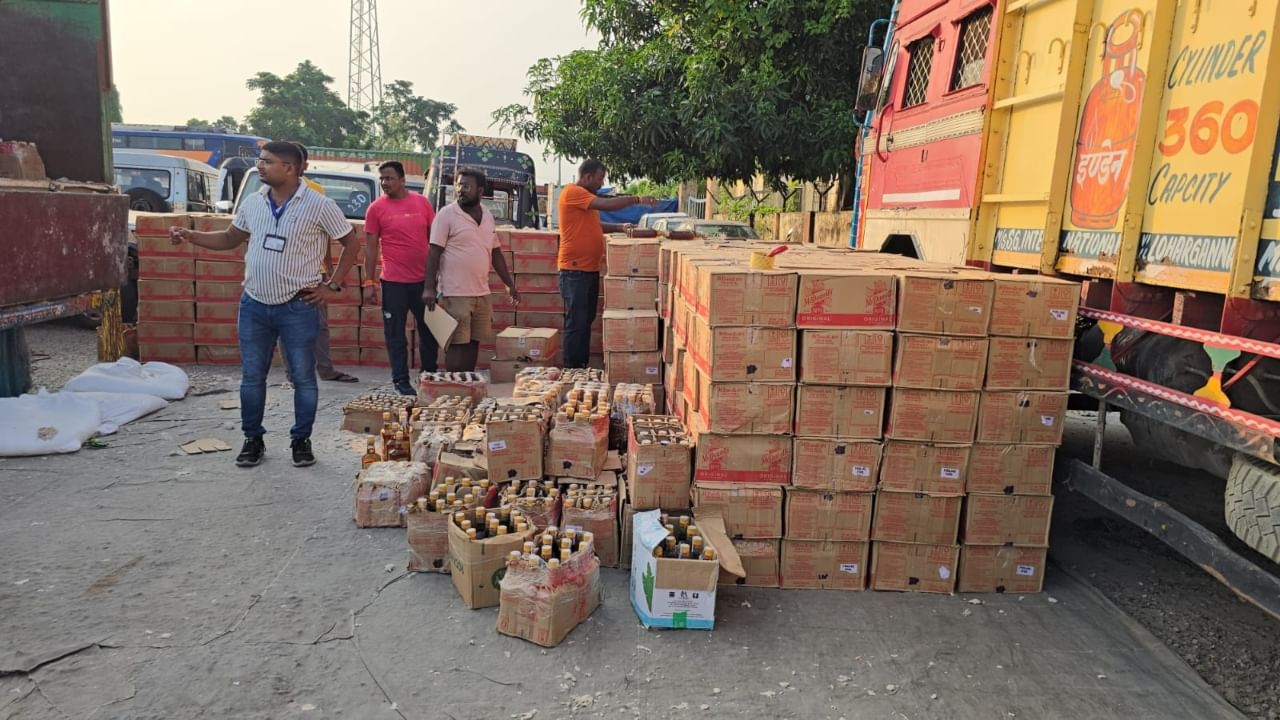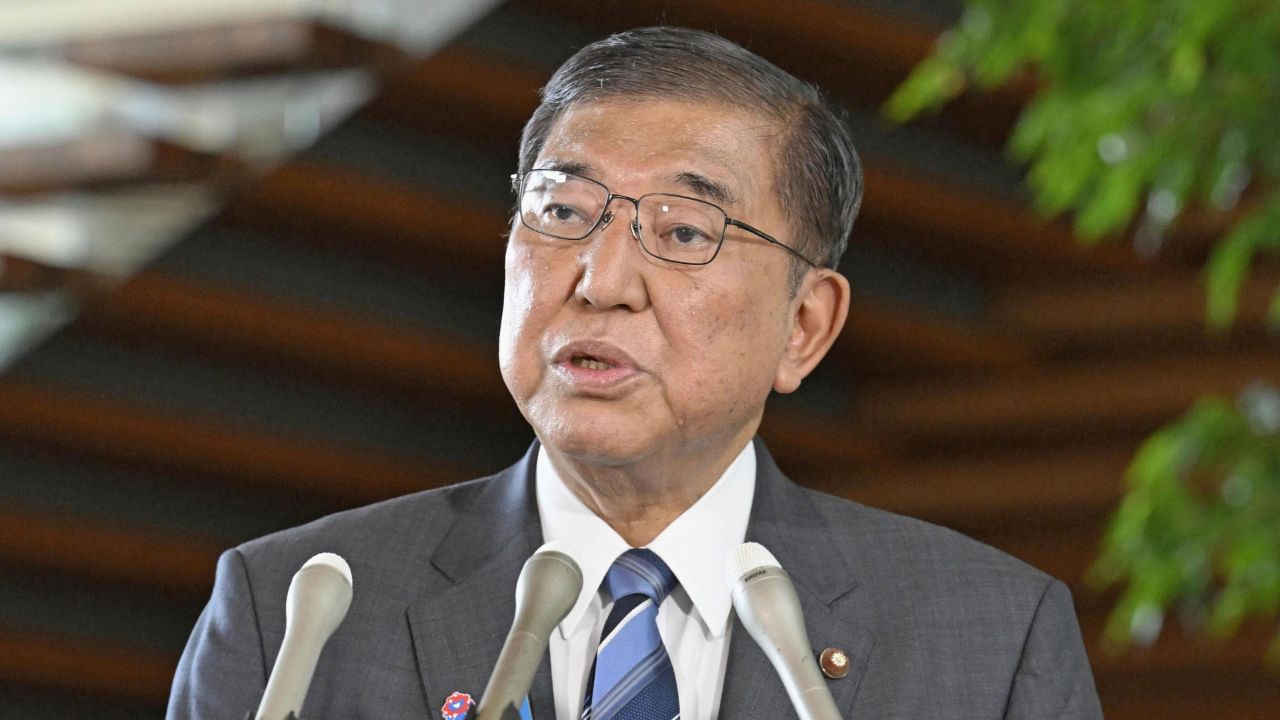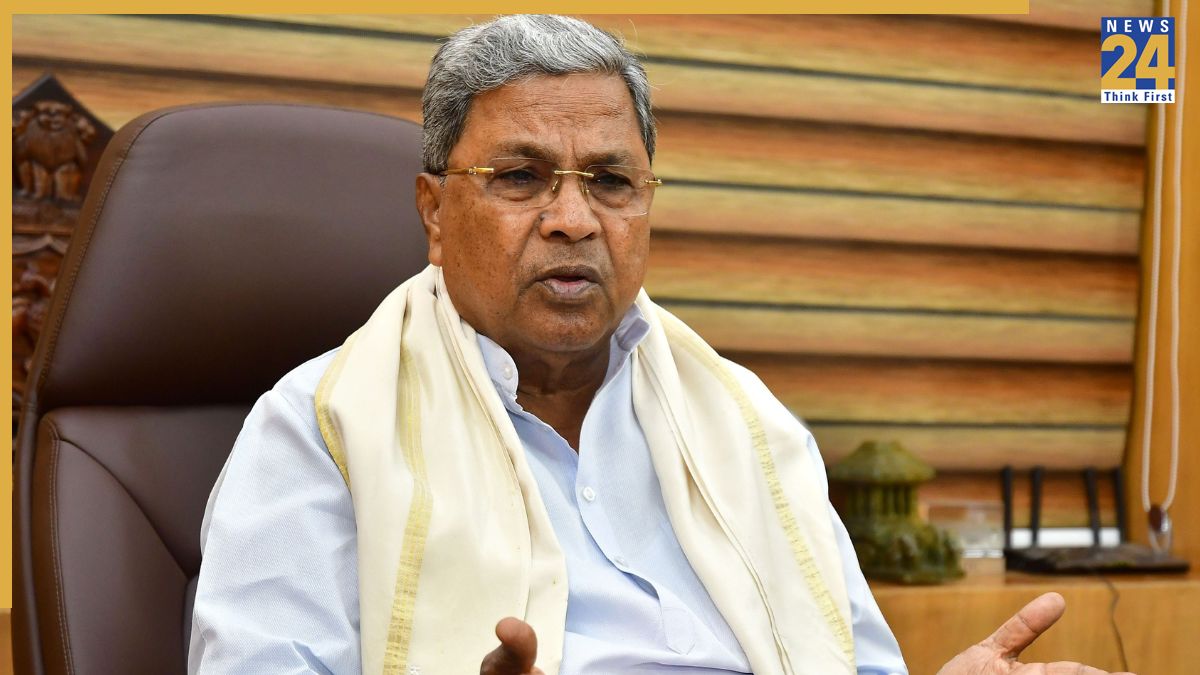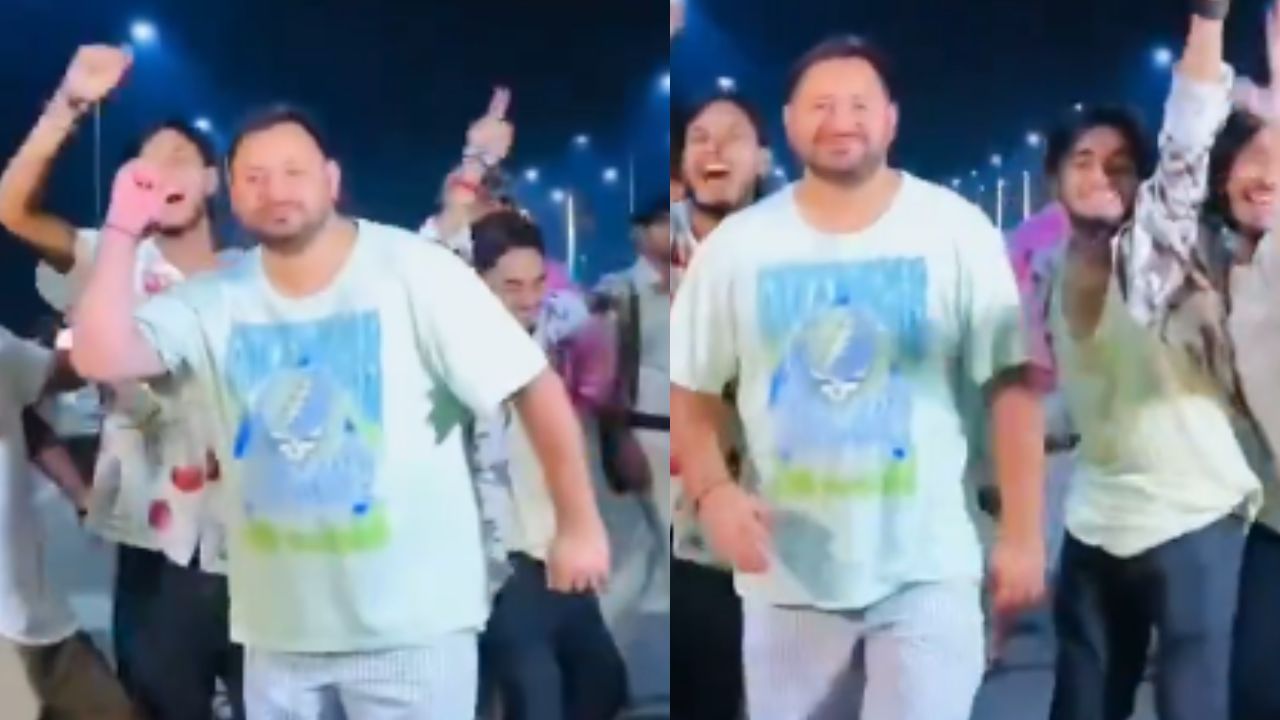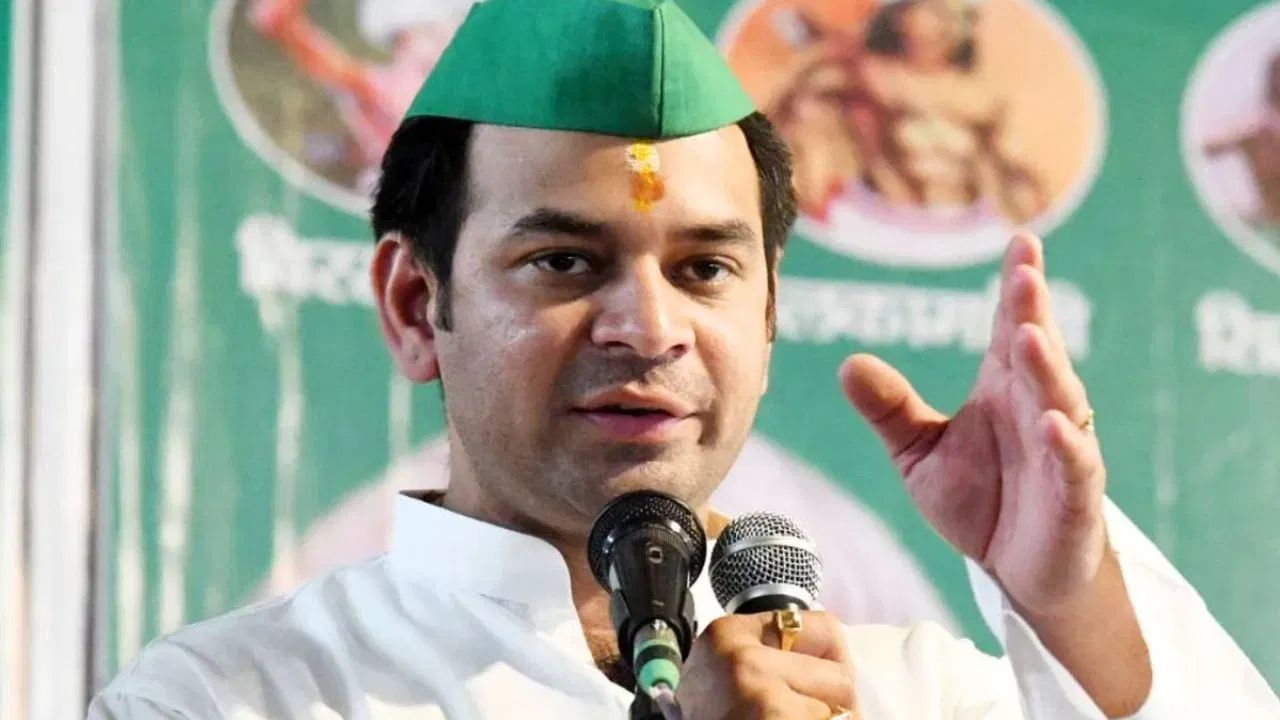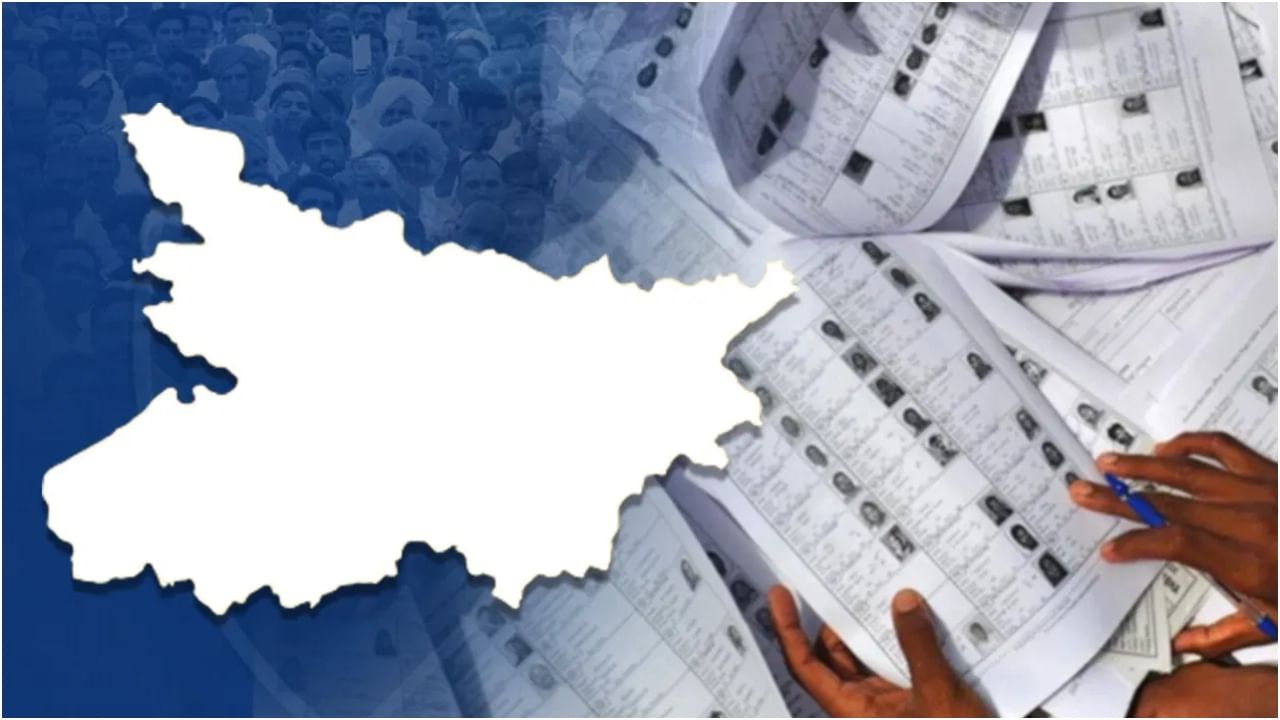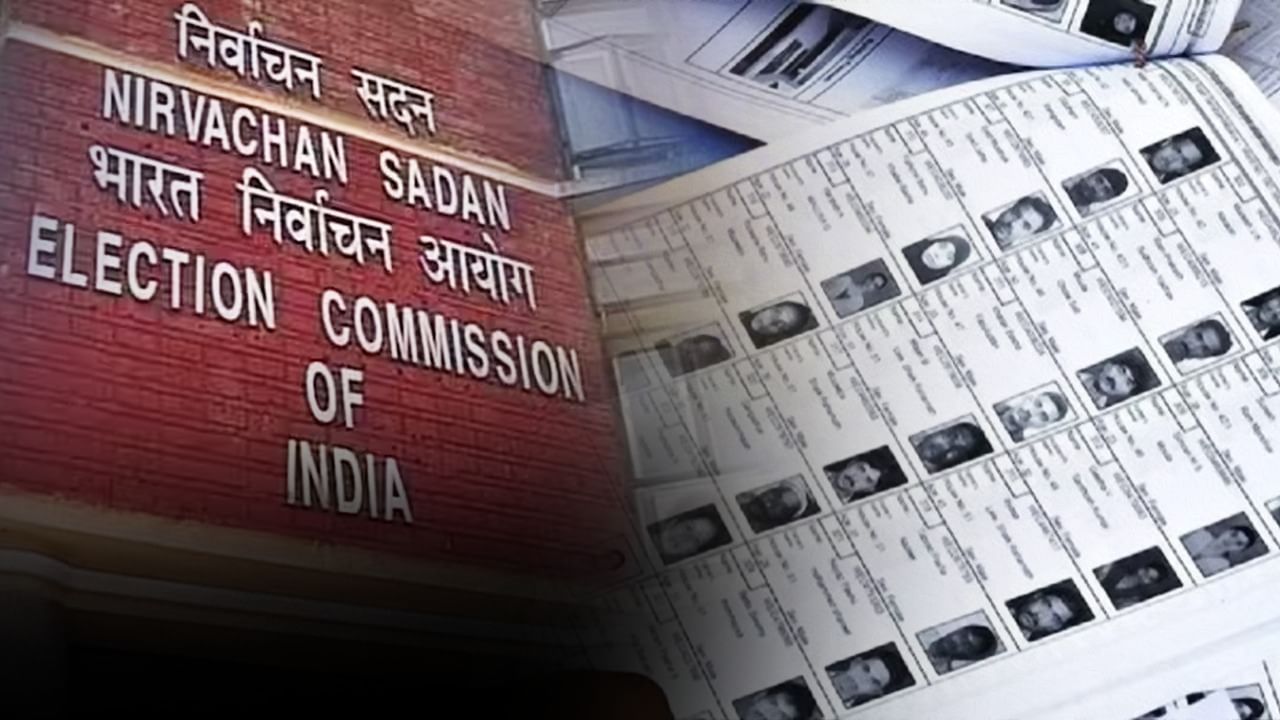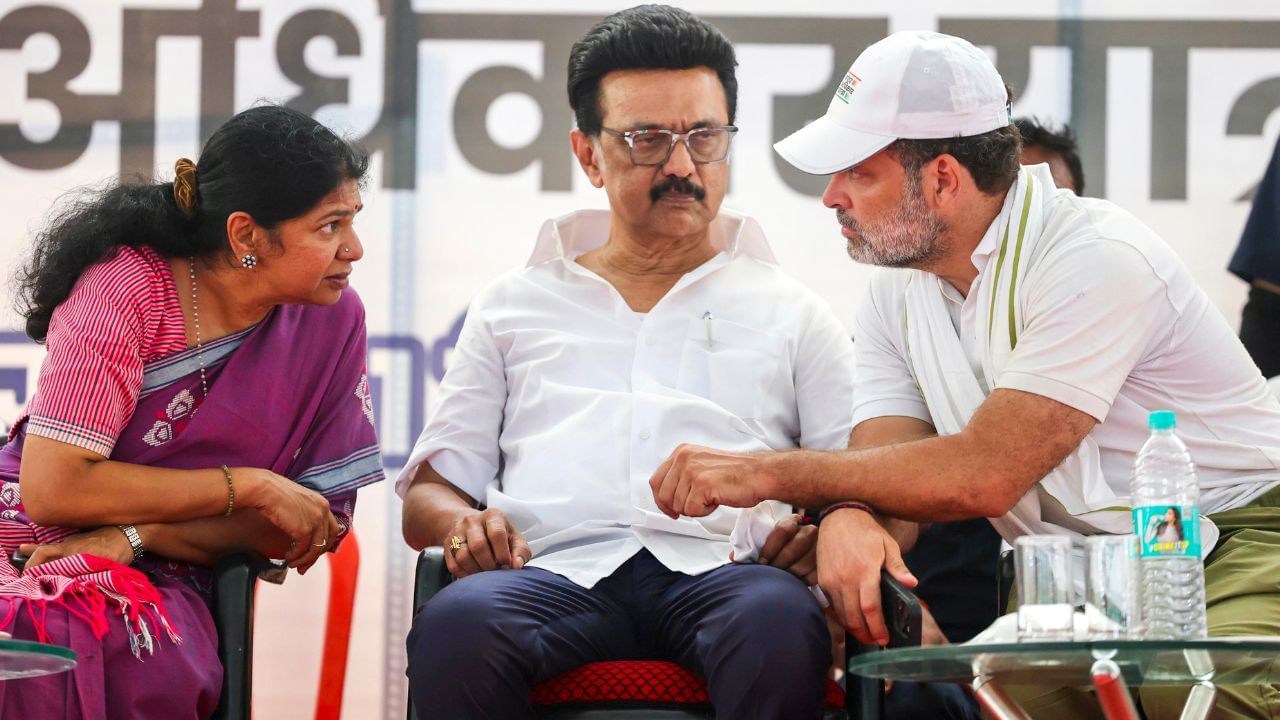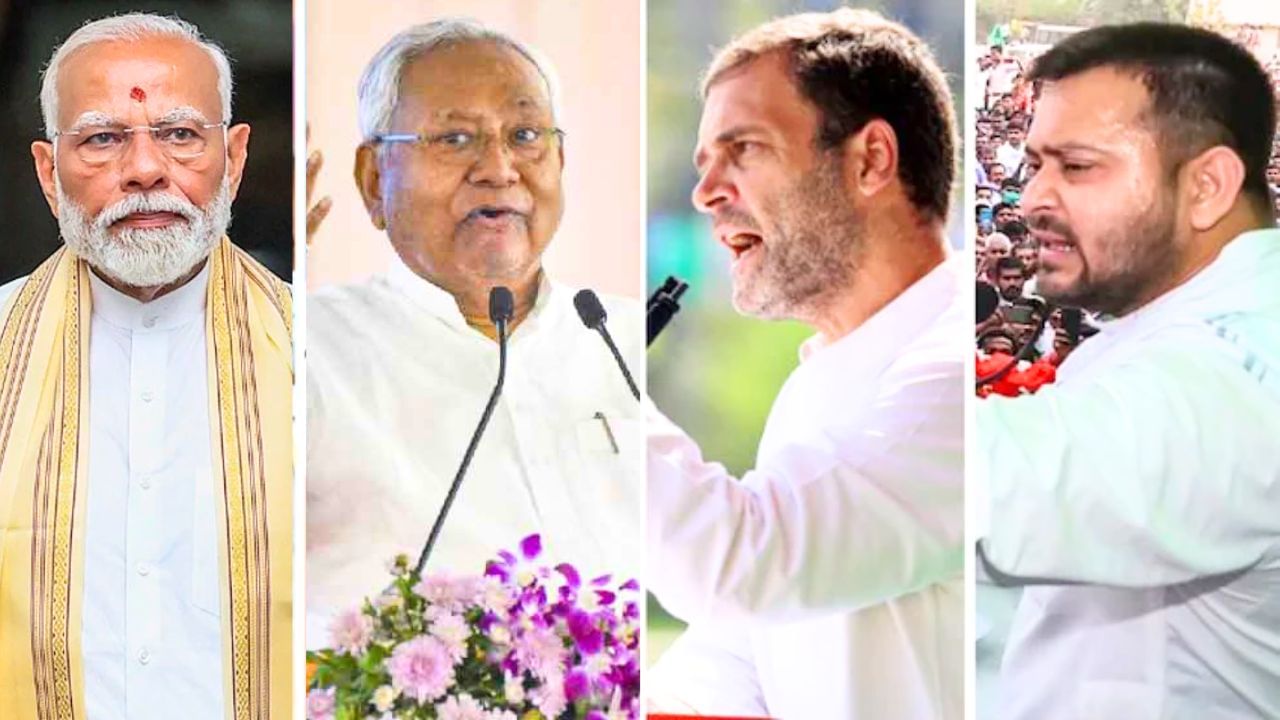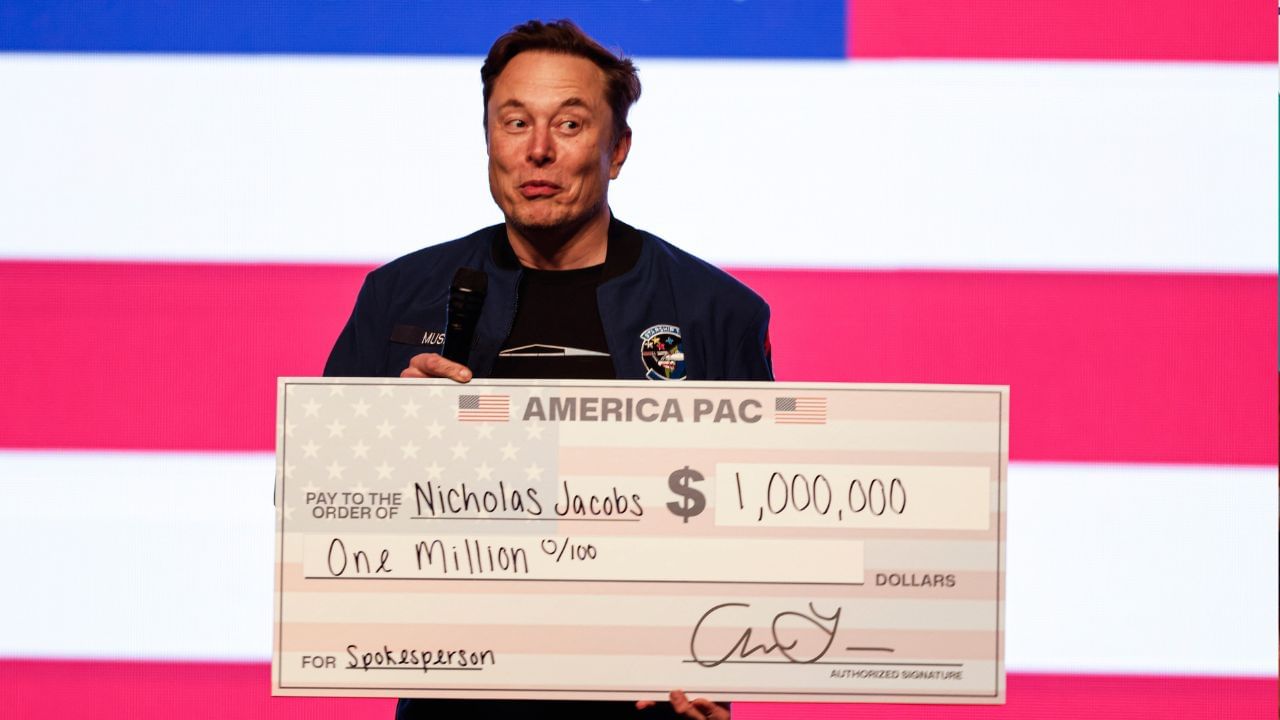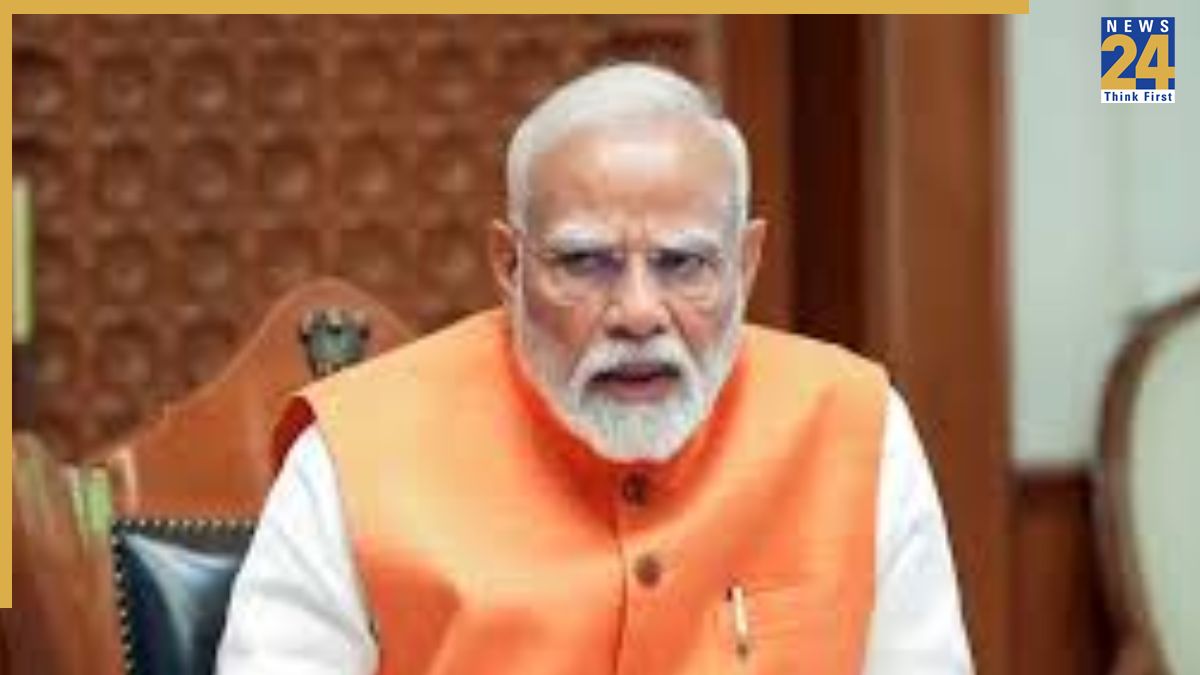Subscribe to Updates
Get the latest creative news from FooBar about art, design and business.
Browsing: Election
The swearing-in ceremony for the newly elected Vice President, CP Radhakrishnan, is scheduled to take place at Rashtrapati Bhawan in Delhi on…
A joint operation by the police and the Excise Department in Gopalganj district, Bihar, has led to a significant seizure of illegal…
Japanese Prime Minister Shigeru Ishiba to Resign Amidst Mounting Pressure Following Election Loss
Japanese Prime Minister Shigeru Ishiba has decided to resign to avoid further division within the ruling Liberal Democratic Party (LDP). Ishiba’s resignation…
Minister H.K. Patil announced that the judicial commission investigating the MUDA scam has exonerated Chief Minister Siddaramaiah and his family. The commission,…
Following the culmination of the 16-day Voter Rights Yatra in Bihar on September 1st in Patna, Leader of the Opposition Tejashwi Prasad…
Tej Pratap Yadav, recently expelled from his family and party, publicly displayed his rift with his younger brother and RJD leader Tejashwi…
Special Intensive Revision (SIR) of the electoral rolls is underway in Bihar. The opposition parties, including Congress and RJD, are strongly opposing…
During a voter rights yatra in Bihar, Tejashwi Yadav announced his candidacy for Chief Minister in the presence of Rahul Gandhi. He…
An investigation into the Bihar voter list has revealed the inclusion of two Pakistani women in Bhagalpur, raising significant questions. The women…
During a special intensive revision (SIR) campaign of the voter list in Bihar, Election Registration Officers (EROs) found discrepancies in the documents…
Political tensions are escalating in Bihar, marked by rallies and heated statements. Rahul Gandhi’s ‘Voter Rights Yatra’ has gained momentum with the…
A startling incident has come to light in Bihar, where two Pakistani women were found to be included in the draft voter…
Rahul Gandhi’s Voter Rights Yatra: Denied Overnight Stay in Darbhanga, Forced to Adjust Plans
As part of his Voter Rights Yatra in Bihar, Congress leader Rahul Gandhi was scheduled to stay overnight in Darbhanga on August…
RJD Alleges Modi’s Election Victory Based on Stolen Votes, Criticizes ‘Lantern Rule’ in Bihar
Recent political activities in Bihar are marked by intense exchanges between opposing parties. RJD has launched a scathing attack on Prime Minister…
Elon Musk is now facing legal challenges. A U.S. court has ordered a lawsuit against him. Musk is accused of deceiving voters…
Prime Minister Narendra Modi has reached out to the opposition, seeking their support for CP Radhakrishnan, the NDA’s chosen candidate for the…


